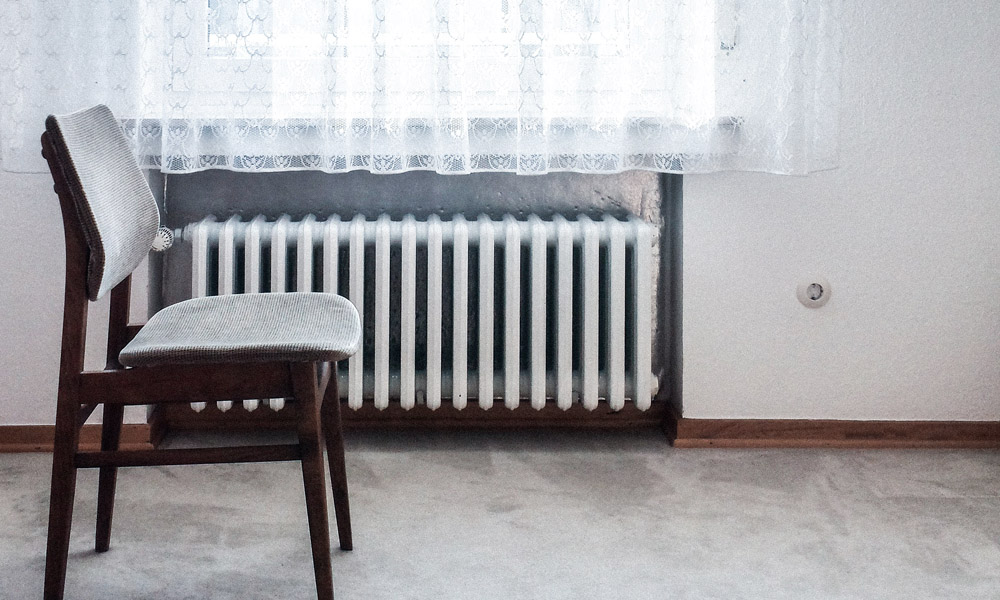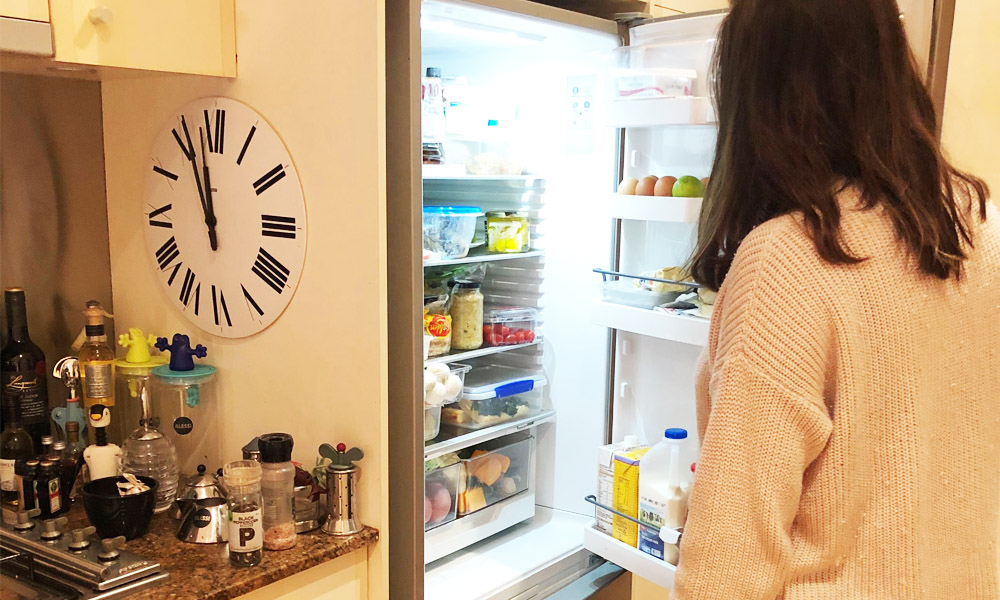This blog post is from our friends at Enova Community Energy. If you're in New South Wales, Australia and are looking to switch to a renewable energy provider, we can't recommend them enough!
We're all mostly at home for the time being (except our front-line & essential workers – thank you all!), meaning we're using our own electricity all day long, every day. Every meal is cooked at home, showers we would have had at the gym in the past are at home, and depending where you are, you're either about to start cranking up the heater for winter, or getting the aircon pumping as some of us come into hot summer months.
Do these 10 things and you'll avoid cranking up your energy bills to unmanageable levels.
1. 'Load shift' your energy use
Whether you have solar panels or not - it's a great time to think about HOW you use your energy.
Now that you're at home you can shift your energy use - especially the use of larger appliances like your dishwasher, dryer and washing machine - to the times during the day when the sun is shining and your panels are producing the most renewable energy. This also means you're using free energy from the sun, avoiding the cost of drawing more expensive prices from the grid.
If you don't have solar, think in the opposite way and run your usage during off-peak hours (mostly during the later hours of the evening). You may be able to set the timer on your appliances like dishwasher and washing machine, so they run and switch off through the night.
On another note, if you have solar, consider cleaning your panels (safely, of course, hose from the ground if you can reach, or engage a professional).
Lastly, whether you have solar or not also think about the type of tariff you are on. Depending on your situation and meter setup a "flat rate", or a "time of day" tariff may be better.
2. Run your heating low and slow
If it's a really cold day, turn your heating or reverse cycle air-con on earlier and on lower heating temperatures, rather than running it hard at the end of the day, on high temperatures. If you have a programmable unit, even better. Set your thermostat at a reasonable temperature setting at which you still feel comfortable. For most people, this is around 24 degrees Celsius. In winter each degree lower on the thermostat setting will save on your energy bill. If you're using a gas heater or similar, try to keep it in the room you're using the most, shut doors and also blinds to keep the warm air contained and the cold air out.

3. Use a fan where you can
Fans can cost 20 times less to run than air conditioning. For those days that aren't off-the-charts hot, a well placed fan will meet all your easy breezy cooling needs! But if you're finding you can't handle the heat and need the aircon on, by keeping the temperature above 20 degrees Celsius you can still save a lot while keeping emissions down at the same time.
4. Understand your energy use
Knowledge is power. We recommend reading up on how to use energy effectively and efficiently and on decarbonising your lifestyle; and, taking some measures that you may not have had time to previously.
For example:
- Switch out of gas to an all-electric home powered by ethical electricity (either 100% renewable or renewable energy plus carbon offset).
- Get on the front-foot and monitor your energy use at home. There are plenty of software options available that will give you all the data you need to make improvements across the board.
- Ask your energy retailer to go through your bill with you so you can understand when your household is using the most power, which appliances are nudging your energy use (and your bill) skyward and the best time to use energy-hungry appliances.
5. Turn everything off
It's likely multiple devices are being used at once now, with workers and students all online at home. Leaving the house for exercise, or spending time in the home veggie garden is great for getting everyone outside during the day, for at least a while. But when you do, it's easy to leave the TV or computer left on! Turn everything off and spend some time recharging yourselves outside with nature. And soon you'll have homegrown food too! Also, get into the habit of turning everything (not the fridge!) off at the wall at night.
6. Beware of your bored or procrastination habits!
What do we do when we're procrastinating or feeling bored? We go to the fridge to look inside for the hundredth time that day. We put the kettle on for yet another cuppa. We wander around the house looking for inspiration. Some pro tips – opening and closing the fridge repeatedly, unnecessarily, will add to your electricity use and ramp up your bill. Filling the kettle to the top to boil, for just one cup will too. And so will leaving lights on all over the house. Only open the fridge when you really need to, fill your kettle to boil with just enough water for your cup and turn lights off in rooms you're not using.

7. Clean your major appliances
Clean out your fridge, to get a good balance of not too full vs not too empty and clean the seals while you're at it. Clean your air conditioner's filters. Clean your vacuum's filter & bag. Clean lint and muck out of the washing machine and dryer. Anything else you can clean? Go for it. Clean appliances run much more efficiently!
8. Time for an upgrade? Buy appliances with a good energy rating
When it comes to big-ticket appliances, the more stars the better. In most cases, larger models can be more efficient and will have more stars; but, larger models will have a higher rate of energy consumption overall, potentially offsetting any energy efficiency gains. So it pays to look at what size really is best for your household.
When looking at heaters beware of the cheaper options that may run more expensively and be missing automatic temperature controls. The money you save up-front with the cheap options may be less than you pay overtime in your energy bills!
Fridges and freezers work around the clock and the amount of energy they use quickly adds up. Look for a model that uses a hydrocarbon, such as butane or pentane, as the refrigerant and/or blowing agent for the insulation foam.
9. Hot Water
Hot water is the largest component (around 30 per cent) of electricity bills. Minimise expense by having an electrician set your hot water thermostat to maximum 65 (and no lower than 60) degrees Celsius.
If your hot water system is due for an upgrade, consider a solar hot water system.
If you've already got a solar hot water system, make sure you only turn on your hot water booster when needed – that is, when you notice that your hot water temperature is starting to drop below acceptable. This might happen on cloudy days or if too many people have had hot showers in one evening. Keeping your booster on when your water is being heated by the sun means you are drawing power from the grid when you don't need to.

10. Lighting
Replace your incandescent and halogen light bulbs with light-emitting diodes (LEDs) or compact fluorescent lamps (CFLs). By updating to LED lights, you could save up to 93% every year on the lighting portion of your energy bill. LED lights are the most energy-efficient and longest lasting lights available and they do not contain any mercury, harmful gasses or toxins.There are programs available at State and Federal level to help both households and businesses switch to LED lighting. Type 'rebate + LED lighting' into your search engine to see if your state offers a program like this. Avoid installing downlights too. Not only do they use a lot of energy, they also penetrate the ceiling and insulation, causing heat loss.
11. Insulation
Not so easy but worth thinking about, because insulating your ceiling will mean you keep 35% more heat indoors. Insulation can be installed in most buildings, so you can either retrofit ceiling insulation to older-style houses or install it in new ones. This is not a DIY job though, make sure you have an expert handle the installation. If you already have batts maybe they could do with a top-up (be safe!).
Putting up some heavy curtains will also help keep the warmth in during winter (and the heat out in summer) and investing in a rug if you have a bare floor will also save you winter heating costs.
Saving on energy costs is just another example of how living a life that's better for the planet can also be beneficial for our back pockets. If you've got time to think about these things while you're at home right now,
Australian households generate a lot of greenhouse gases. Each household is responsible for more than 18 tonnes per household each year, representing one-fifth of Australia's total greenhouse gas emissions. This contributes to climate change and global warming. Depending on where you live and your lifestyle, annual greenhouse gas emissions can vary from as low as 3 tonnes up to 30 tonnes or more.
Written by Cassandra Sheppard
We hope you'll consider looking into where your electricity is coming from, and if you're in NSW, make the switch to Enova! At the moment, for every person who makes the switch, Enova Community Energy will donate $50 to 1 Million Women to help us build our movement. Plus as an added bonus, you'll get a $25 credit on your first Enova bill!
Get all the info you need from Enova Community Energy and make the switch!
